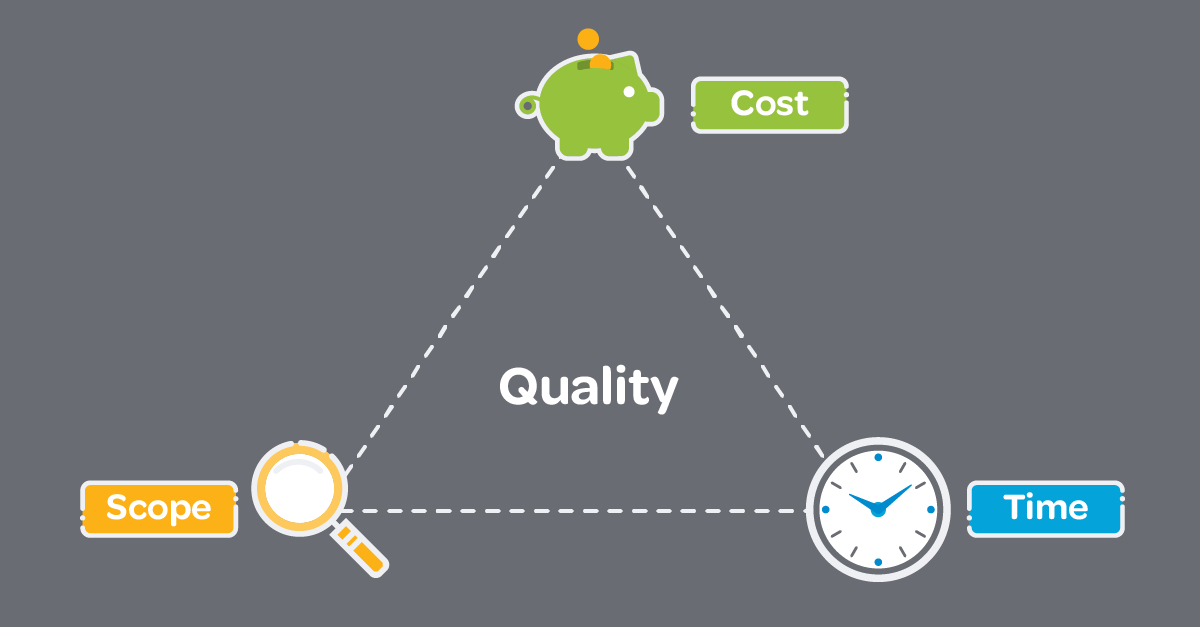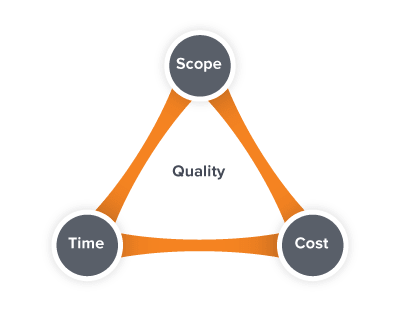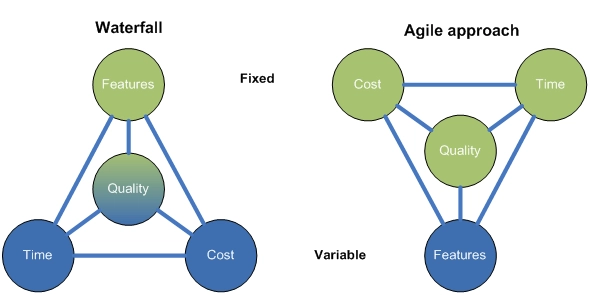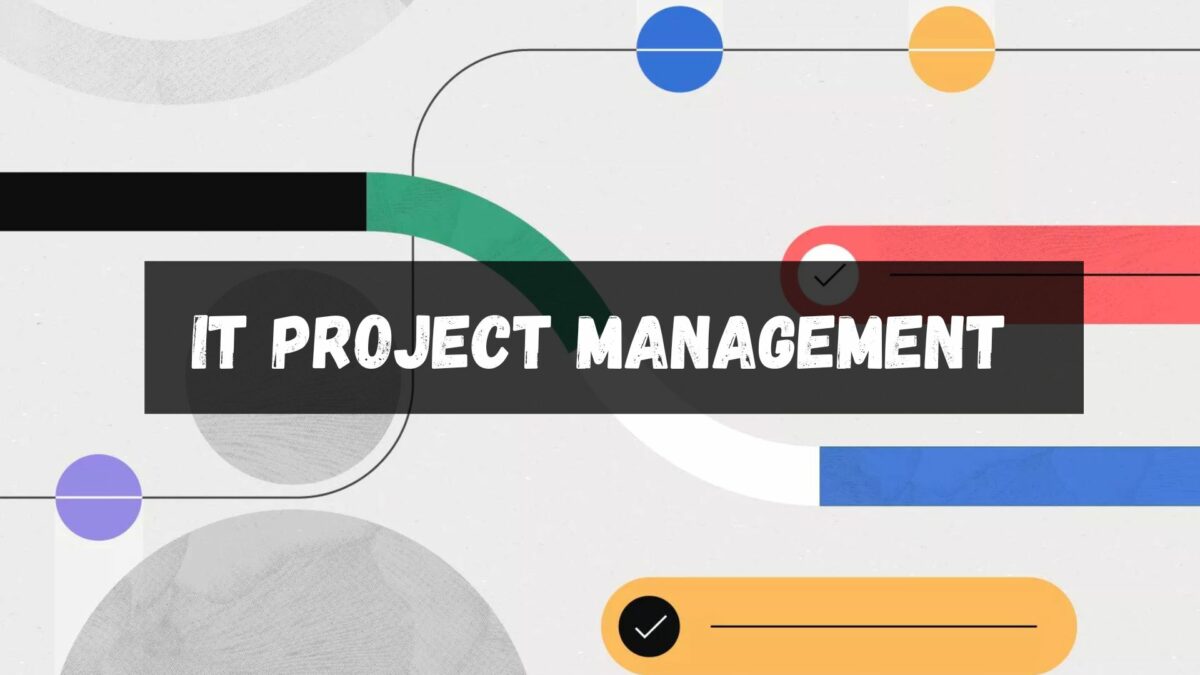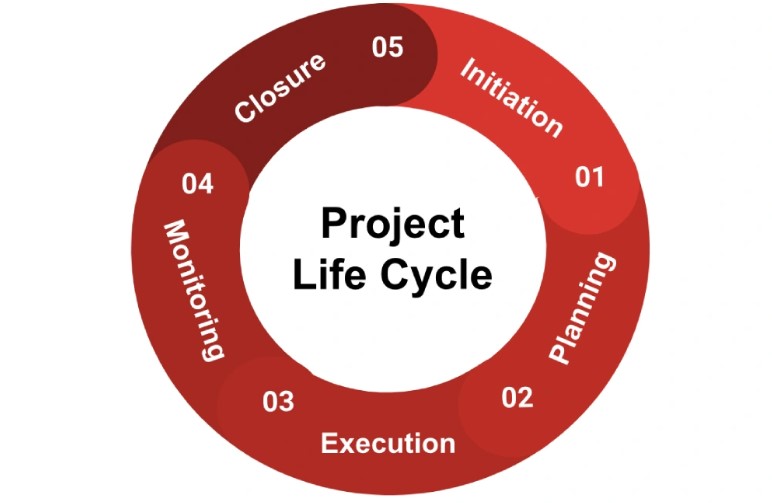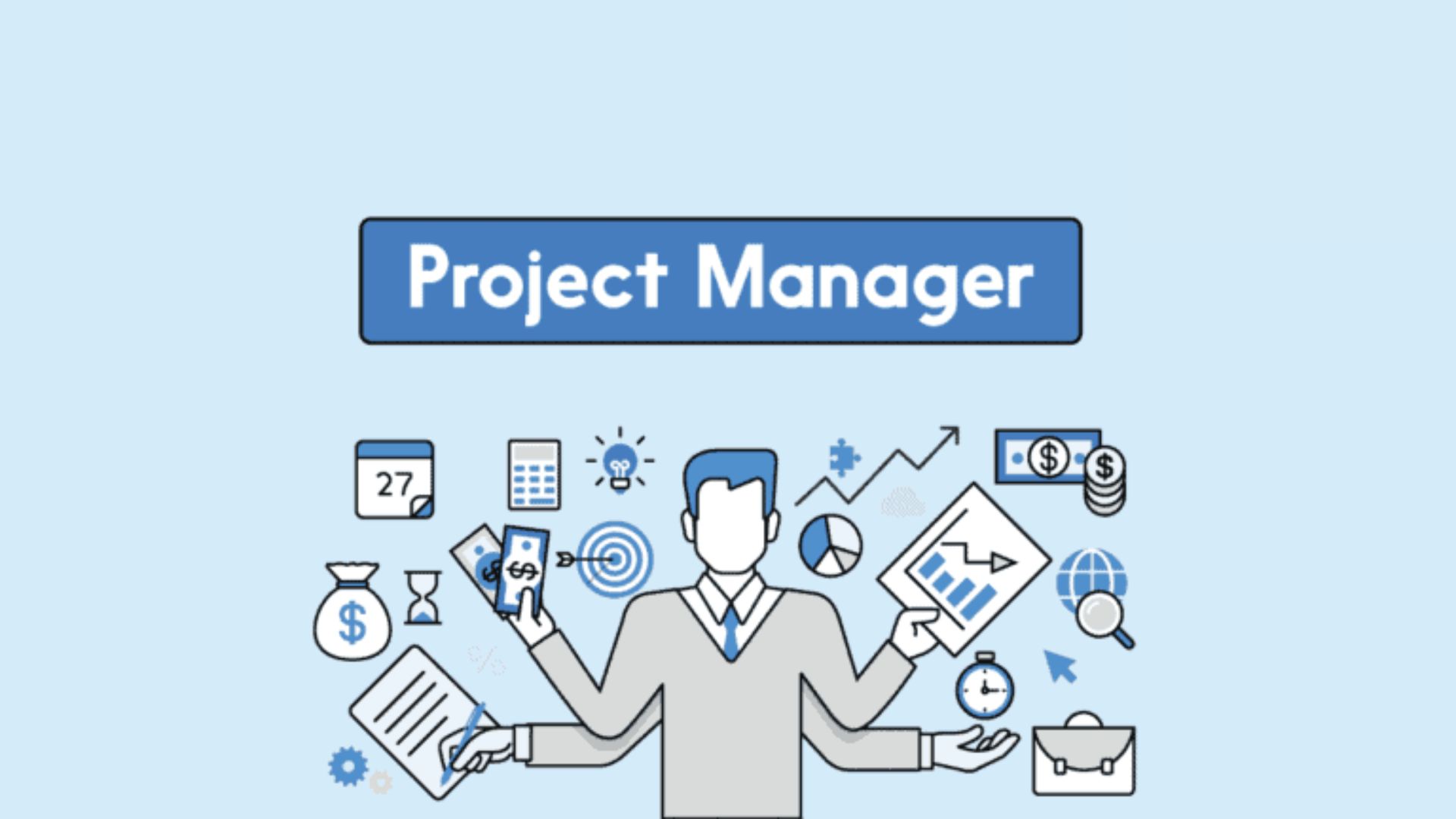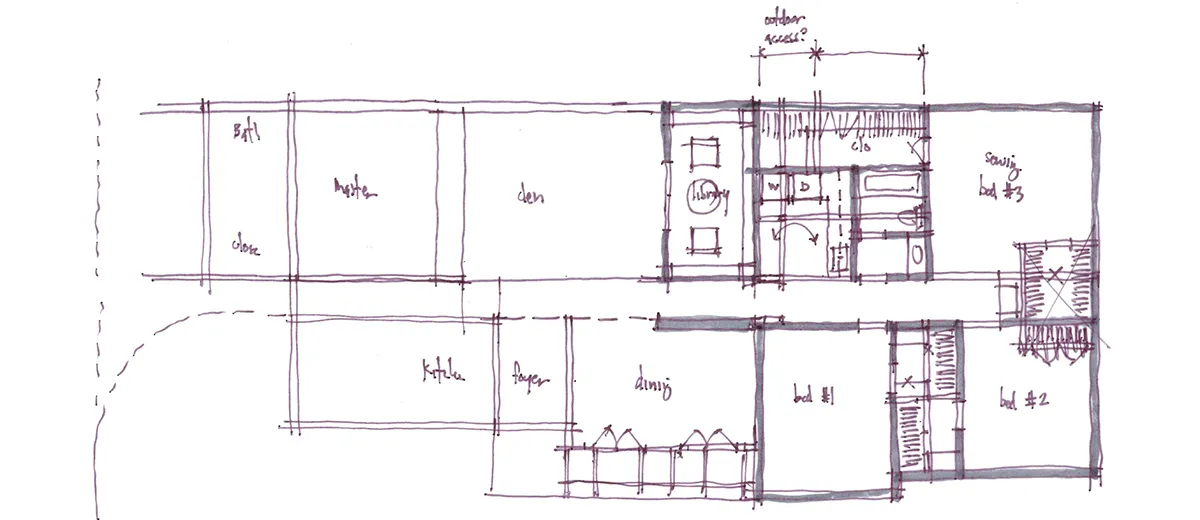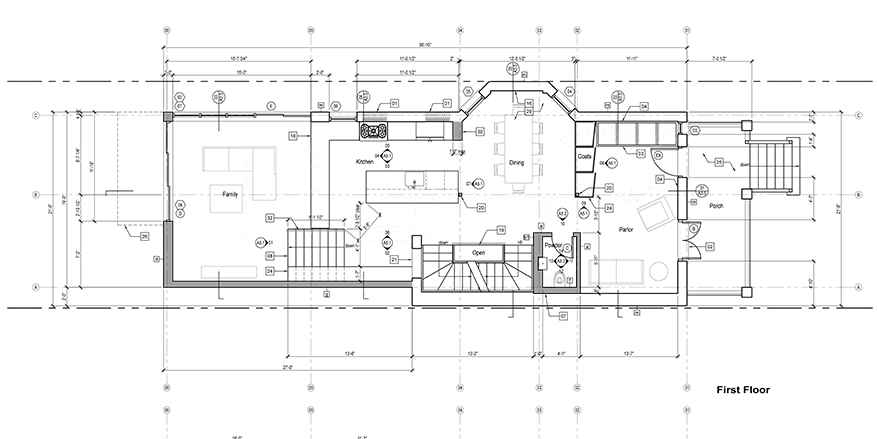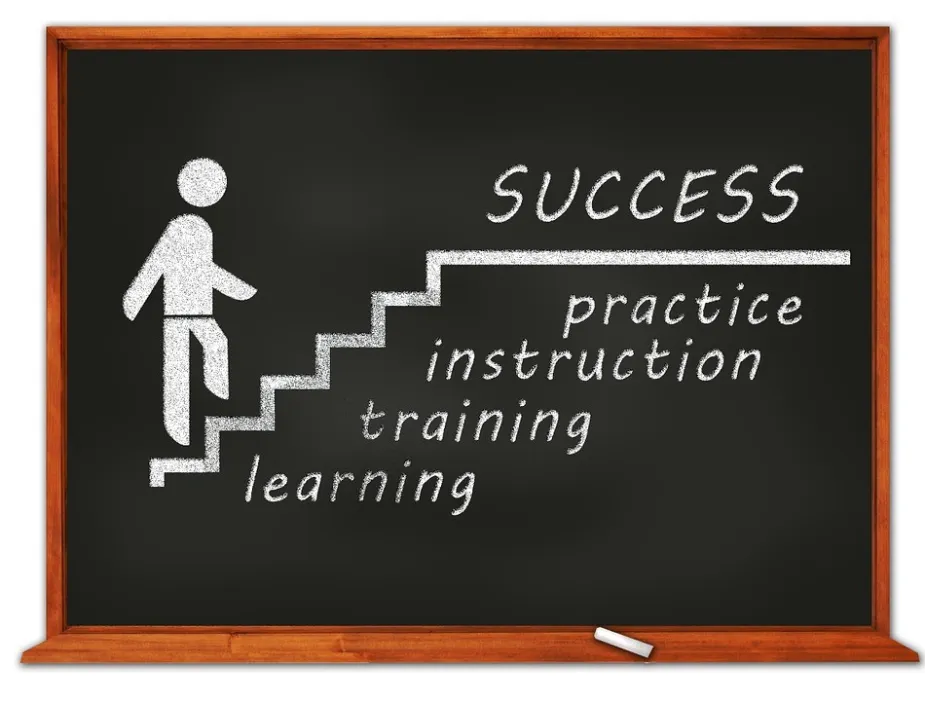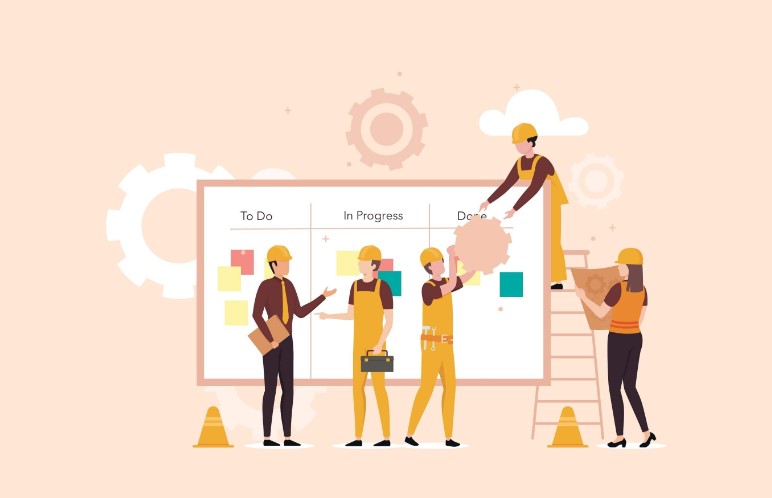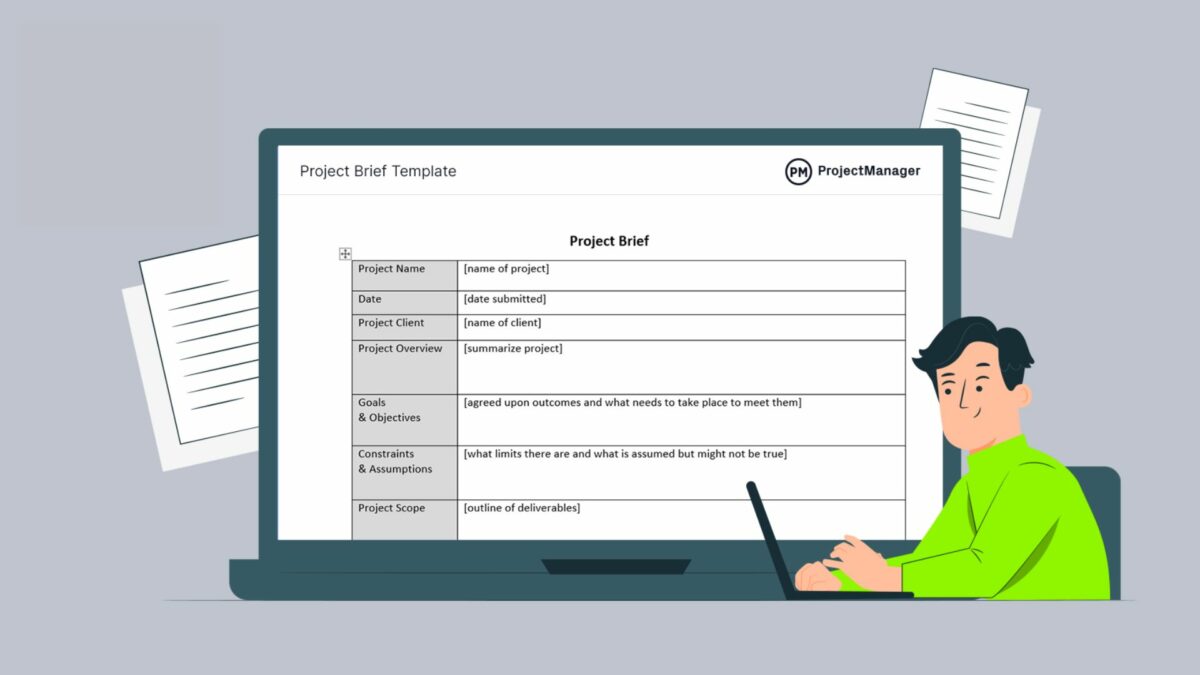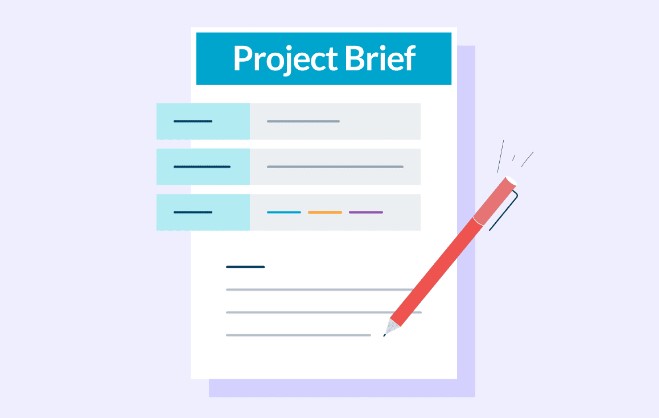Scope Management Plan: Key Strategies & Best Practices
Ever found yourself swamped in a project, losing sight of your objectives? That’s where a well-defined scope management plan comes into play. It’s a critical tool in the project manager’s toolkit, acting as a roadmap to keep everyone on the same page, ensuring that project goals are met efficiently.
Understanding the Scope Management Plan
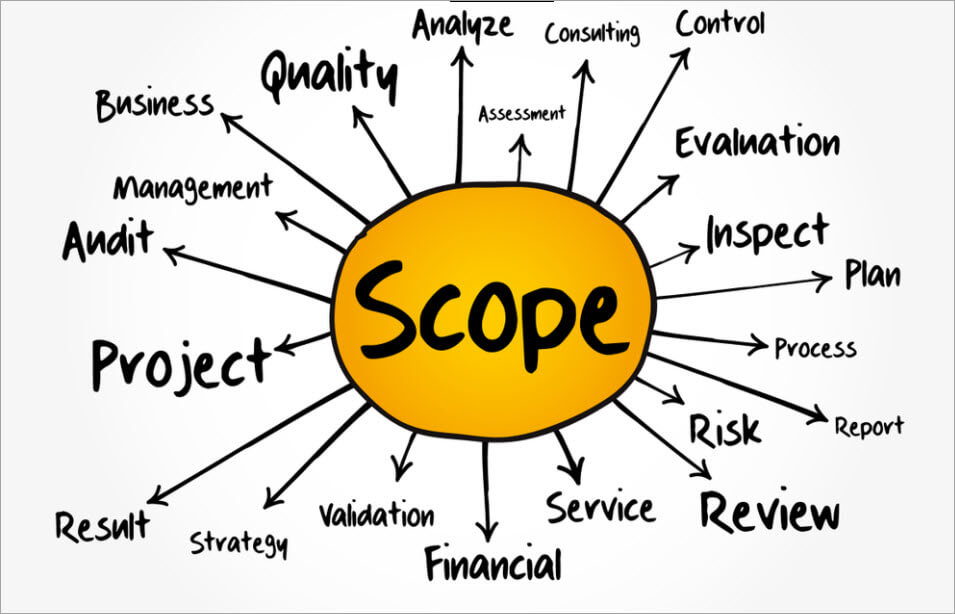
To comprehend the scope management plan, it merits delving into its defining concepts and significance.
Defining Scope Management
At the root of every successful project lies scope management, an essential approach in project management. It outlines the project’s scope, its parameters, and the steps necessary for its accomplishment. Distinct tasks comprise the process of scope management, creating a roadmap that enhances the project’s efficiency. For instance, it involves planning, defining the scope, validating, and controlling it.
Importance of a Scope Management Plan
A scope management plan plays a pivotal role in project execution. It aids in clarifying all parties’ project expectations, defining an accurate completion criteria, and mitigating scope creep issues. By providing an unwavering project pathway, it fosters better engagement among team members, promoting the project’s productive evolution. For example, it anchors the project goal to a clear vision, ensuring that all adverse consequences of scope creep, such as unnecessary cost overruns and missed deadlines, are preemptively avoided. Therefore, understanding and executing a scope management plan correctly contributes substantially to project success, aligning the project’s vision, execution, and outcome.
Elements of a Scope Management Plan

A scope management plan consists of several key elements, each playing a specific role in project success. Don’t overlook these integral components:
Scope Statement
A scope statement outlines the project’s boundaries, defining what’ll be included and excluded. It also sets down the project objectives, deliverables, and stakeholders, offering a snapshot of the project’s core. This statement makes for clearer communication among team members and stakeholders. For instance, if we are executing a software development project, the scope statement might detail the included features, user requirements, and development deadlines.
Work Breakdown Structure
Next, the work breakdown structure (WBS), an indispensable part of the plan. Essentially, it’s a visual representation of the project’s scope, breaking down work into manageable sections or packages. This division helps with the allocation of resources, setting deadlines, and monitoring progress. Let’s look at an example: In a building construction project, the WBS might break down the construction into segments such as foundation setting, wall and roof construction, painting, and finishing.
Scope Verification Process
The Scope verification process ensures the project’s deliverables meet the predefined standards and requirements. It’s the evaluation of the output against the initial scope statement. In case of discrepancies, modifications or corrective action becomes necessary. Consider if we are developing a new mobile application – the scope verification process would involve checking if all specified features are incorporated and operate as expected.
Scope Control Procedures
Lastly, scope control procedures are preventive measures to avoid or handle scope creep – the unplanned growth of the project’s scope. Handling change requests, documenting changes, impact analysis, and project tracking are few control measures. A comprehensive scope control procedure ensures project stays on track, maintaining balance between expansion and adherence to the original plan. As an example, in an event planning project, controlling scope might involve managing changes to the event schedule or ensuring any additions stay within budget constraints.
Creating a Scope Management Plan
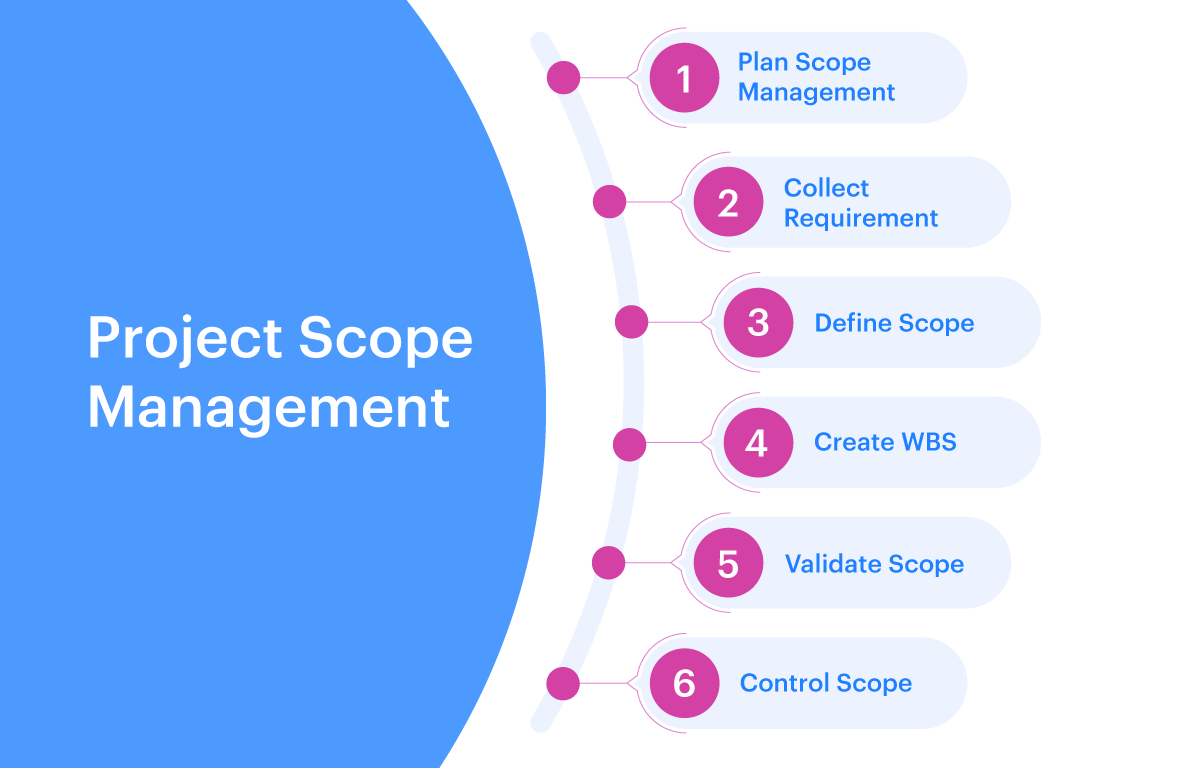
Developing an effective scope management plan is a task that involves several steps and strategies. This section details a step-by-step approach to establishing such a plan and then discusses the best practices that you can follow to make your scope planning more efficient.
Step-by-Step Approach
Initiate the Definition of Scope: This stage starts the process by defining the project’s end goals, considering the stakeholders’ expectations.Develop a Detailed Project Scope Statement: Creates an explicit document that details project boundaries, objectives, deliverables, and exclusions. It’s the roadmap that everyone in the project refers to.Create the Work Breakdown Structure (WBS): Further breaks down the project scope into manageable sections, or work packages.Validate Scope: Involves the verification of the completed deliverables, ensuring they align with the agreed standards and meet stakeholders’ expectations.Control the Scope: Sets the process of monitoring the status of the project scope and managing any changes to the agreed scope statement.
Involve the Right Stakeholders: Engage all the relevant stakeholders. Their inputs can ensure a comprehensive and complete scope definition, thus eliminating any chance of omitting important details.Ensure Clarity and Precision in Scope Statement: A scope statement that lacks clarity or precision can lead to misunderstandings and scope creep.Use Visuals in Work Breakdown Structure (WBS): Visual representations can be more understandable, thus making it easier for everyone involved in the project.Regularly Review and Update the Scope: Any changes to scope should be documented, communicated and managed efficiently to prevent scope creep.Follow a Change Control Process: Implementing a change control process can ensure that any requested changes are thoroughly analyzed and agreed on before they’re formally included.
Challenges in Scope Management

Despite its evident importance, managing the scope of a project often presents unique challenges that, if not tackled, can lead to failed delivery or even project failure. Project managers frequently grapple with various issues surrounding scope management.
Identifying Common Pitfalls
In my experience, several common pitfalls often emerge during the scope management process. Principal among these is ambiguous scope definition. When a project’s scope is ambiguous, it becomes complex to monitor and control.
Scope creeps also pose significant challenges in scope management. They happen when alterations, additions or extensions occur without adjustments to time, budget, or resources. This often leads to stretched timelines, inflated budgets, and exhausted resources.
Lastly, Stakeholder misalignment is another major pitfall. When stakeholders aren’t on the same page regarding the project’s scope, it can result in miscommunication, missed objectives, and project failure.
Strategies to Overcome Challenges
Fortunately, I’ve picked up some foolproof strategies for overcoming these challenges in scope management over the years. To avoid ambiguous scope definition, develop a detailed and lucid scope statement. This includes a clear outline of what the project entails, what isn’t included, and the project’s deliverables.
Contrary to scope creeps, consider applying a structured change management process. This helps make managing unforeseen changes more controlled and less chaotic.
To tackle stakeholder misalignment, hold regular communication meetings, particularly at the project’s initiation phase. These sessions can help ensure everyone understands the project’s scope, improving alignment and reducing misunderstandings.
As bucketful as these challenges may seem, remember that with diligent planning, disciplined execution, and robust change management processes, even the most intimidating scope management issues can be overcome.
Case Studies: Scope Management in Action

In this section, I’ll examine real-life occurrences to illustrate how the principles and strategies of scope management are applied in diverse situations. These case studies underscore the efficacy of diligent scope management and shine a light on potential pitfalls.
Successful Implementations
- The Denver International Airport Expansion project exemplifies effective scope management. A clear scope that outlined the need for increased passenger capacity and state-of-the-art technology was defined. Preemptive measures were enacted to prevent scope creep, resulting in effective change control. Subsequent expansions, such as the addition of solar farms and parking lots, were documented as separate projects, ensuring the success of the initial one.
- Largely regarded as one of humanity’s greatest feats, the Apollo 11 Lunar Landing provides another remarkable example. NASA’s clear and audacious vision, “land a man on the moon and return him safely to Earth,” became the project’s guiding scope. While daunting challenges arose, the focus never deviated from this central purpose. As a result, Neil Armstrong and Buzz Aldrin successfully landed on the lunar surface on July 20, 1969.
- The Sydney Opera House construction is a striking illustration of scope creep. Originally estimated to cost 7 million AUD and finish in 1963, revisions to the design and scope led to a final cost of 102 million AUD and a completion date in 1973. This project signals the importance of a comprehensive scope statement and robust change management process.
- The Boston Big Dig offers valuable lessons concerning stakeholder misalignment. This highway project faced a cost overrun of 190%, partly due to unclear scope definition and stakeholder disputes. Although eventually completed, the project highlights the crucial role of stakeholder alignment in adhering to a project’s scope.
These examples paint a comprehensive picture of how scope management influences project outcomes. Careful scope delineation, consistent stakeholder alignment, and an uncompromising change management process emerge as vital components for project success.
Conclusion
So, we’ve traveled the road of scope management, understanding its importance in steering projects towards success. We’ve unpacked challenges like ambiguous scope definition, scope creeps, and stakeholder misalignment, and explored strategies to tackle them head-on. We delved into real-world examples, both triumphs and pitfalls, shedding light on the crucial role of a robust Scope Management Plan. We’ve seen the impact of careful scope delineation in the Apollo 11 Lunar Landing and the pitfalls of scope creep in the Sydney Opera House construction. It’s clear that a well-defined Scope Management Plan is not just a nice-to-have, but a must-have. It’s the roadmap that guides us, the compass that keeps us on course, and the anchor that grounds us amidst the stormy seas of project management. With it, we’re equipped to navigate through any project, no matter the complexity.
Frequently Asked Questions (Faqs)
What is the role of a Scope Management Plan in project success?
A Scope Management Plan is crucial to project success as it facilitates planning, defining, validating, and controlling the project scope, thereby minimizing the likelihood of costly project overruns and delays.
What are the challenges in Scope Management?
Common challenges in Scope Management include ambiguous scope definition, ‘scope creep’ – where the scope of the project gradually expands beyond its original objectives – and stakeholder misalignment.
What are some strategies to overcome Scope Management challenges?
Strategies to address Scope Management challenges include clear scope definition, effective communication with stakeholders, and a robust change management process which reduces the risk of scope creep.
What do the Denver International Airport Expansion and Apollo 11 Lunar Landing cases illustrate?
These case studies illuminate successful Scope Management implementations, demonstrating that well-defined scope, stakeholder alignment, and a firm grip on change management lead to project success.
How are scope creep and stakeholder misalignment exemplified in the Sydney Opera House construction and Boston Big Dig project?
These projects experienced escalating costs and delays due to scope creep and stakeholder misalignment, emphasizing the importance of careful scope delineation and stakeholder management in project success.




